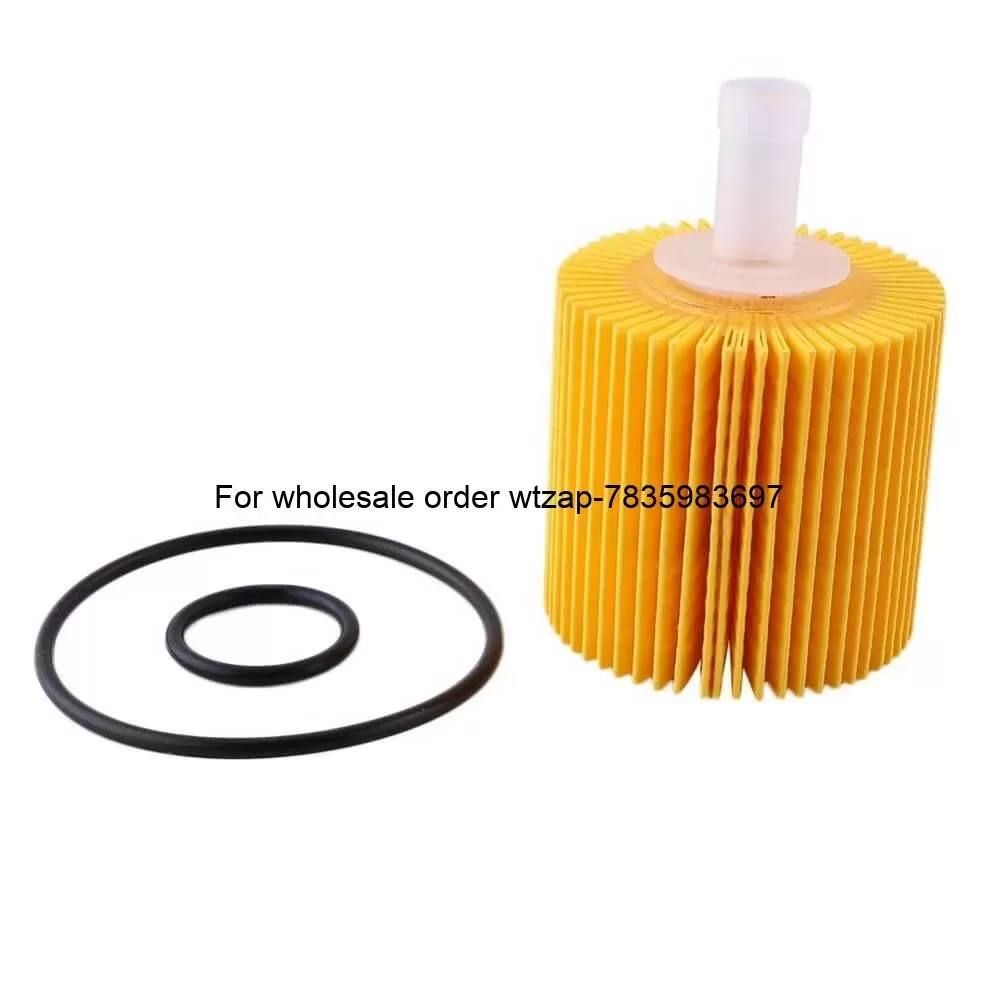Engine Parts
The engine is the heart of a vehicle, and it’s made up of a complex network of parts working together to create motion. Here’s a breakdown of some key engine parts and their functions:
Internal Combustion Engine Components:
- Engine Block: This is the core of the engine, a cast iron or aluminum block that houses the cylinders, pistons, and other internal components.
- Cylinders: These are the chambers within the block where the air-fuel mixture is compressed and ignited.
- Pistons: Cylindrical metal components that reciprocate (move back and forth) within the cylinders. Pistons compress the air-fuel mixture and transfer the force of combustion to the crankshaft.
- Piston Rings: Rings fitted around the piston that create a tight seal between the piston and the cylinder wall, preventing gas leakage and oil consumption.
- Connecting Rods: These connect the pistons to the crankshaft, converting the reciprocating motion of the pistons into the rotating motion of the crankshaft.
- Crankshaft: The heart of the rotating assembly, it converts the linear movement of the pistons into rotational motion that is transmitted to the wheels.
- Camshaft: This shaft controls the timing of the engine valves by opening and closing them at specific points in the engine cycle.
- Valves: Intake valves allow the air-fuel mixture into the cylinders, while exhaust valves release the burnt gases.
- Spark Plugs (Gasoline Engines): These create the spark that ignites the air-fuel mixture in gasoline engines.
- Glow Plugs (Diesel Engines): These heat up the air in the cylinder to aid combustion in diesel engines.
- Fuel System: This system delivers fuel (gasoline or diesel) to the engine in a controlled manner. It includes components like the fuel tank, fuel pump, fuel injectors (gasoline) or fuel injection pump (diesel).
- Air Intake System: This system draws in air, filters it, and delivers it to the engine for combustion. It includes components like the air filter and intake manifold.
- Ignition System (Gasoline Engines): This system creates the spark needed to ignite the air-fuel mixture. It includes components like the battery, ignition coil, and spark plugs.
- Cooling System: This system regulates the engine’s temperature by circulating coolant throughout the engine block and radiator.
- Lubrication System: This system provides a constant flow of oil to lubricate moving engine parts and reduce friction.
Additional Components (Depending on Engine Type):
- Turbocharger/Supercharger: These force air into the engine to increase power output.
- Emission Control System: This system reduces harmful emissions from the engine exhaust.
Understanding how these engine parts work together is crucial for the proper functioning of your vehicle. If you’re facing any engine troubles, consulting a qualified mechanic is recommended for diagnosis and repair.
Showing all 3 resultsSorted by latest
-
Dumpers & Minidumpers
Premium Quality Oil Filter (TQ-003)
Pellentesque habitant morbi tristique senectus et netus et malesuada fames ac turpis egestas. Vestibulum tortor quam, feugiat vitae, ultricies eget, tempor sit amet, ante. Donec eu libero sit amet quam egestas semper. Aenean ultricies mi vitae est. Mauris placerat eleifend leo.
(1 review) -
Brake Parts
Engine Maintenance Kit (3 in 1 Regular kit)
Pellentesque habitant morbi tristique senectus et netus et malesuada fames ac turpis egestas. Vestibulum tortor quam, feugiat vitae, ultricies eget, tempor sit amet, ante. Donec eu libero sit amet quam egestas semper. Aenean ultricies mi vitae est. Mauris placerat eleifend leo.
(3 reviews) -
Diamond Drills
High Freaquinsy rear Loud Speakers (2 pcs.)
Pellentesque habitant morbi tristique senectus et netus et malesuada fames ac turpis egestas. Vestibulum tortor quam, feugiat vitae, ultricies eget, tempor sit amet, ante. Donec eu libero sit amet quam egestas semper. Aenean ultricies mi vitae est. Mauris placerat eleifend leo.
(0 reviews)









